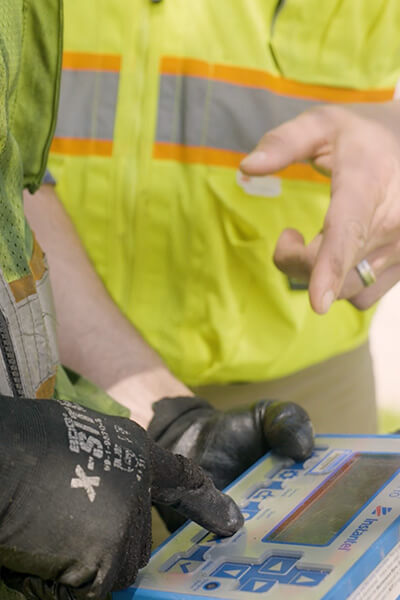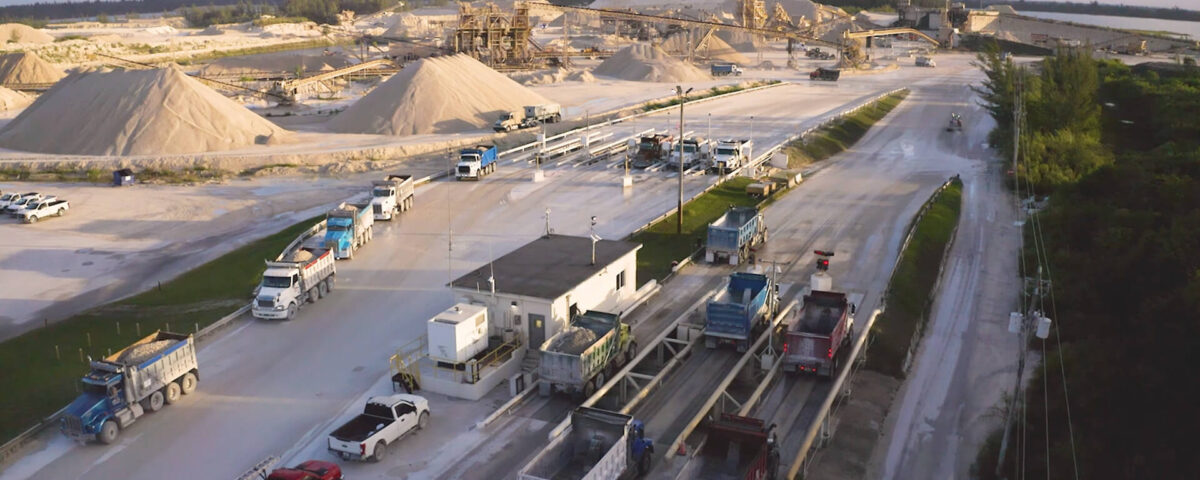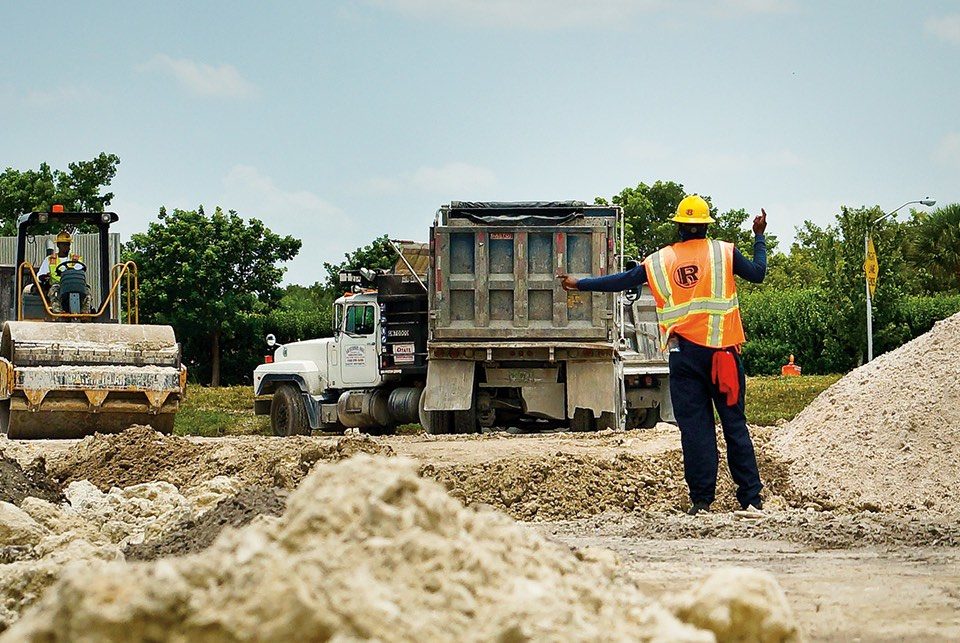
The Foundation of Florida: How Miami-Dade Limestone Powers Infrastructure and Jobs
April 19, 2025
What Makes Miami-Dade’s Limestone So Special?
October 31, 2025Understanding Vibrations
Vibrations from limestone quarries are a normal and necessary part of operations. When sound and ground motion are measured, the numbers show a clear difference between what we notice and what can actually affect nearby properties. Florida law has one of the strictest vibration limits in the nation, and independent studies confirm local quarries stay comfortably within it.
 The Science Behind Limestone Operations
The Science Behind Limestone Operations
- What people hear and feel – Humans can detect vibrations as low as 0.02 inches per second (in/s)— similar to the level produced by a slamming door.
- Strict regulatory limits – Florida caps quarry vibrations at 0.50 in/s, 25 times higher than the point where humans begin to notice—1/125th of the vibration levels caused by hammering a nail—and four times lower than the 2.0 in/s threshold the U.S. Bureau of Mines found necessary to protect structures.
- Typical Lake Belt readings – A 90-day verification project in 2024 showed that most Lake Belt blasts fall between ≈0.0595 in/s to ≈0.07 in/s, roughly the same ground motion felt from an idling delivery truck.
How the 2024 Verification Study Worked
In spring 2024, quarry operators volunteered to work with the State Fire Marshal (SFM) and an independent engineering team. Identical seismographs were placed side-by-side at eight sites around the Lake Belt. Over 110 blasts:
- Highest vibration: ~0.28 in/s—well below the 0.50 in/s limit.
- Average vibration: ~0.07 in/s—one-seventh of the limit.
- Instrument agreement: readings differed by just 0.0006 in/s, proving both public and industry monitors accurate.
What Independent Experts Say
Independent seismologists engaged by the State Fire Marshal concluded every blast “occurred well inside Florida’s limit.” They also confirmed that modern instruments give precise, repeatable results. People may feel very low-level vibrations, but they are far below levels that can harm structures.
Supply Chains That Keep Florida Moving
Limestone products are costly to haul, and most aggregate is used near where it is quarried. The Lake Belt supplies aggregates for local concrete and asphalt facilities that help build roads, bridges, schools, and hospitals. A strong, local source for these essential construction materials:
- Keeps construction costs low.
- Supports 10,000+ jobs for quarry workers, truck drivers, and construction tradesmen, and other blue collar jobs that make our modern way of life possible.
- Generates millions in local taxes that fund police, fire, parks, playgrounds and more.
Trust the Science
Multiple independent, third-party studies—federal, state, and local—have reached the same conclusion: blasting within Florida’s current 0.50 in/s limit does not harm nearby structures. The 2018 RESPEC review, the 2024 verification project, and earlier U.S. Bureau of Mines research all point in one direction: Lake Belt quarries operate well below vibration levels associated with structural damage while providing the stone that underpins Florida’s infrastructure.




